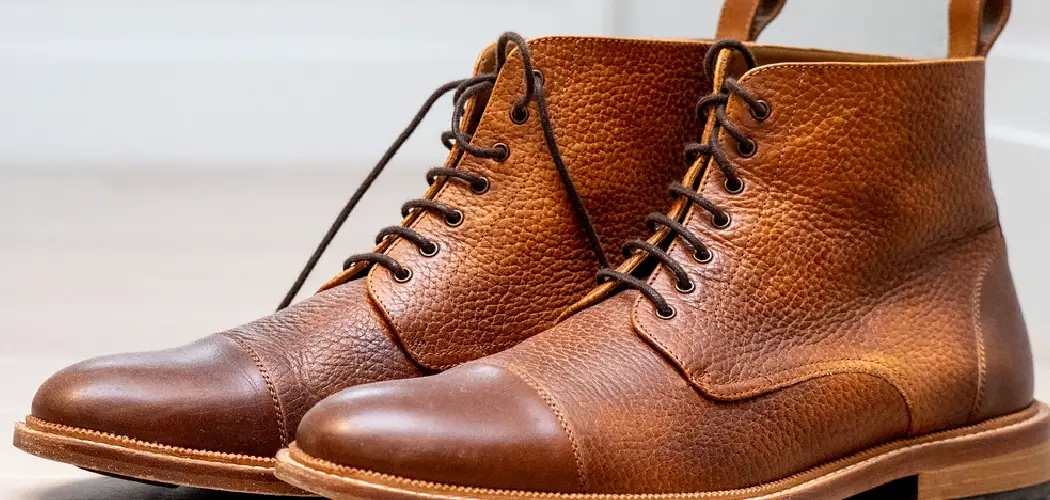Preserving the integrity of your leather boots while enhancing their resistance to the elements is a pursuit every footwear enthusiast can appreciate. For those who relish the timeless charm of leather but cringe at the thought of altering its color during the waterproofing process, a delicate balance must be struck. In this comprehensive guide, we’ll explore how to waterproof leather boots without changing color.
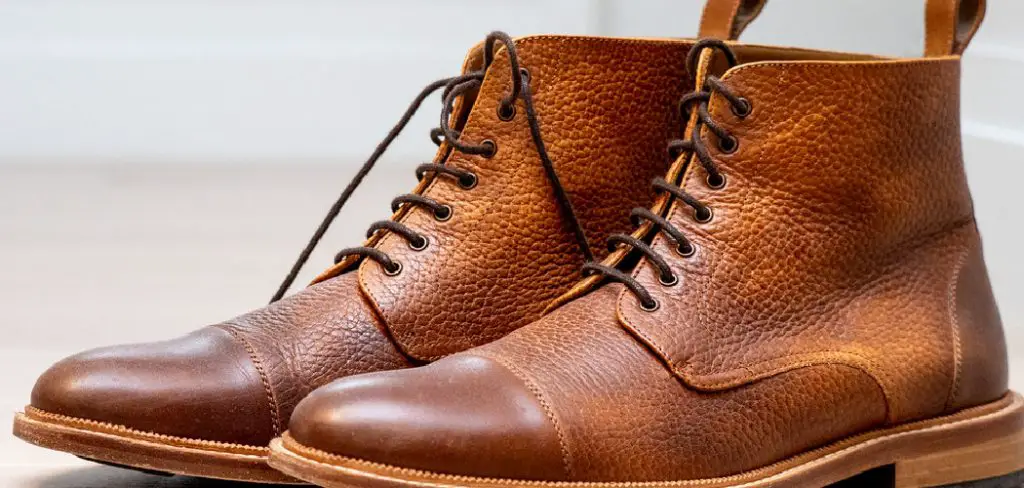
From selecting the right waterproofing products to employing meticulous application techniques, we’ll navigate the nuances of safeguarding your boots against rain, snow, and moisture without sacrificing their aesthetic appeal.
Whether you’re a fashion-conscious urbanite or an outdoor adventurer, these insights will empower you to weatherproof your leather boots effectively, ensuring they remain both stylish and resilient in the face of unpredictable climates. Join us on a journey where protection meets preservation, and your beloved leather boots stay both dry and dashing.
Importance of Waterproofing Leather Boots
When it comes to leather boots, one of the most important aspects to consider is waterproofing. Leather is a natural material that, if not cared for properly, can easily get damaged by water and moisture. This damage can lead to discoloration, cracking, and even warping of the leather.
Furthermore, wet leather boots can also cause discomfort and blisters on your feet, making it difficult to wear them for extended periods of time. This is especially true in colder climates where wet feet can lead to frostbite.
Therefore, waterproofing your leather boots not only helps protect the material but also ensures a comfortable and enjoyable experience while wearing them.
Identifying the Type of Leather
When it comes to waterproofing leather boots, the first step is to identify the type of leather your boots are made from. This will help determine which method is best suited for your particular pair of boots.
Genuine Leather:
- Genuine leather refers to any type of leather that has been created from animal hide.
- It is considered the highest quality form of leather and is known for its durability and ability to withstand wear and tear.
- Genuine leather can be further categorized into full-grain, top-grain, and split leather, with each type having different characteristics.
- To identify if your boots are made of genuine leather, look for any natural markings or imperfections on the surface.
Synthetic Leather:
- Synthetic leather is man-made and is created using a combination of materials such as polyester, polyurethane, and vinyl.
- It is often used as a cheaper alternative to genuine leather but does not possess the same durability and quality.
- Synthetic leather can easily be identified by its uniform texture and lack of natural markings or imperfections.
Nubuck Leather:
- Nubuck leather is made from full-grain leather that has been buffed down to create a soft, velvety surface.
- It is known for its luxurious feel and is commonly used in high-end footwear.
- Nubuck leather can be identified by its smooth and slightly textured appearance.
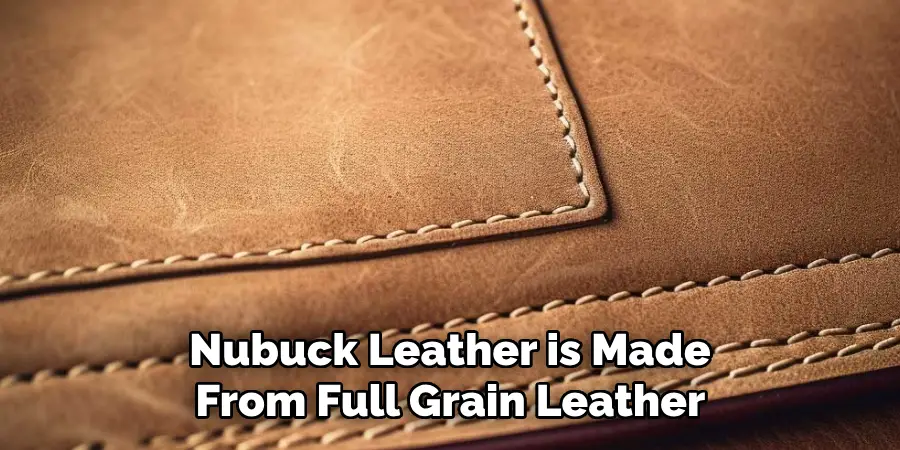
Suede Leather:
Suede leather is also made from full-grain leather but has a softer, brushed surface.
- It is often used in casual footwear and requires specific care to maintain its appearance.
- Suede leather can be identified by its soft and fuzzy texture.
10 Methods How to Waterproof Leather Boots without Changing Color
1. Waxing
Waxing is one of the best ways to waterproof leather boots without changing their color. The process involves applying a thin layer of wax to the surface of the leather, which helps to seal out moisture and dirt. This method is particularly effective for boots made from full-grain or oiled leather, as it helps to protect them from water damage without altering their appearance. Additionally, wax can be easily removed with a damp cloth if desired.
2. Silicone Spray
Silicone spray is another effective way to waterproof leather boots without changing their color. The spray creates an invisible barrier on the surface of the leather that helps to repel water and dirt while still allowing the material to breathe. It also helps to keep the leather soft and supple while preventing cracking or fading due to exposure to the elements.
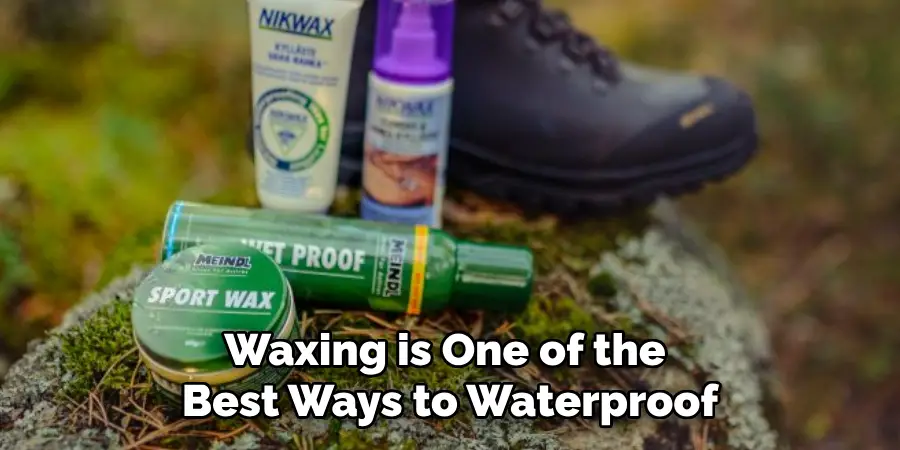
3. Mink Oil
Mink oil is a natural product that can also be used to waterproof leather boots without changing their color. It works by creating an invisible barrier on the surface of the leather that helps to repel water and dirt while still allowing the material to breathe. Additionally, mink oil helps to condition and soften the leather while preventing cracking or fading due to exposure to moisture or sunlight.
4. Beeswax
Beeswax is another natural product that can be used as a waterproofing agent for leather boots without changing their color. The beeswax forms an invisible barrier on the surface of the boot that helps repel water and dirt while still allowing air circulation through its pores. Additionally, beeswax helps condition and soften the leather while preventing cracking or fading due to exposure to moisture or sunlight.
5. Leather Conditioner
Leather conditioner is a product designed specifically for use on leather items such as boots and jackets and can help waterproof them without changing their color. The conditioner works by forming an invisible barrier on the surface of the boot that helps repel water and dirt while still allowing air circulation through its pores. Additionally, it conditions and softens the material while preventing cracking or fading due to exposure to moisture or sunlight.
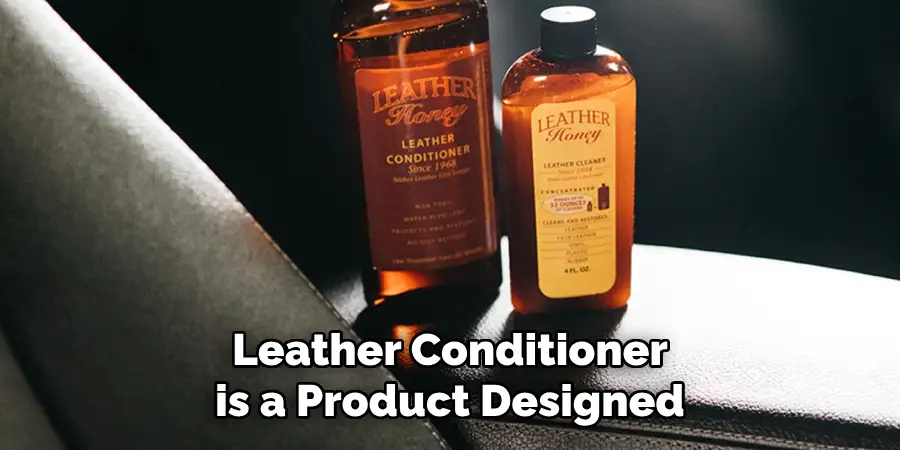
6. Vaseline
Vaseline is a petroleum-based product that can also be used as a waterproofing agent for leather boots without changing their color.
When applied directly onto clean dry surfaces, Vaseline forms an invisible barrier that prevents water from penetrating into your boots. This method does not require any special tools, making it easy for anyone who wants quick results. However , you should note that Vaseline may darken light-colored shoes over time, so it’s best suited for darker-colored footwear.
7. Spray-on Waterproofers
Spray-on waterproofers are specially formulated products designed specifically for use on leather items such as shoes, bags, jackets, etc.
These products form an invisible barrier on your footwear, which helps repel water molecules away from your feet. In addition, these sprays often contain other beneficial ingredients such as silicone, which help keep your footwear soft & supple whilst protecting them against UV rays & other environmental factors .
8. Paraffin Wax
Paraffin wax is another option when looking at how you can waterproof your shoes without changing their colors. The process involves melting down paraffin wax in order to create a liquid solution, which you then apply directly onto clean & dry surfaces using either a cloth or brush, depending upon how much coverage you need .
Once applied, this protective coating will provide your shoes with protection against rain & snow whilst keeping them looking just like new!
9. Glycerin Soap
Glycerin soap can also be used in order to help make your shoes more resistant to water damage whilst maintaining their original look & feel . All you need do is mix together equal parts glycerin soap & warm water before applying it onto clean & dry surfaces using either a sponge or brush, depending upon how much coverage you need.
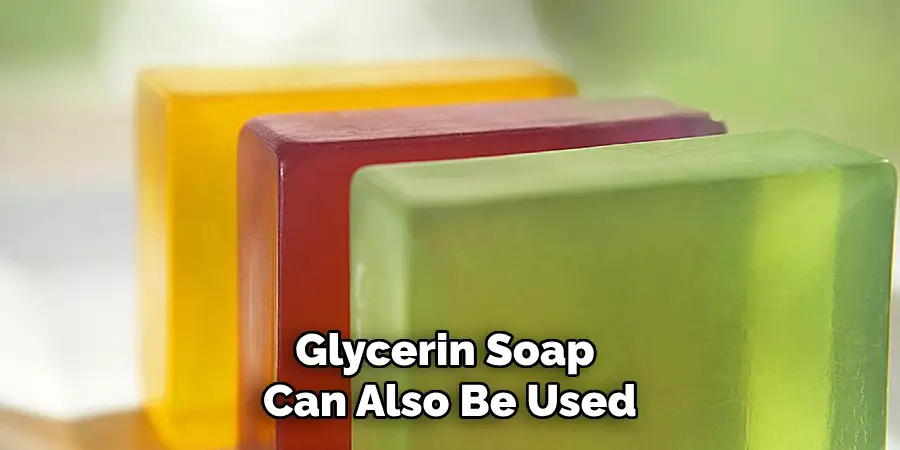
Once applied, this soapy solution will form an almost impervious layer over your shoes, providing protection against both rain & snow!
10. Scotchgard Fabric Protector
The last option we’ll mention here when looking at how you can waterproof your shoes without changing their colors is Scotchgard fabric protector spray, which has been specially formulated for use on all types of fabrics, including suede & nubuck materials found in many modern shoe designs today!
All you need do is simply spray some onto clean & dry surfaces before rubbing it in gently until fully absorbed – once done, this protective layer will help keep out any unwanted moisture whilst preserving its original look & feel!
Things to Consider When Waterproofing Leather
When it comes to leather boots, keeping them waterproof is essential. Not only does it protect your investment, but it also increases the lifespan of your boots. Here are some key things to consider when waterproofing leather boots:
Material
The first thing you need to consider is the material of your boots. Leather comes in various types, such as full-grain, top-grain, and bonded leather. Each type has different qualities and characteristics, which will determine the approach you take for waterproofing.
Full-grain leather is the highest quality and most durable, while bonded leather is made from scraps and not as sturdy. It’s essential to know the type of leather your boots are made of to choose the appropriate waterproofing method.
Waterproofing Products
There are various products on the market specifically designed for waterproofing leather. Some common options include waxes, sprays, and creams. Each product has its own set of instructions, so make sure to read and follow them carefully. Additionally, it’s essential to choose a product that is suitable for the type of leather you have.
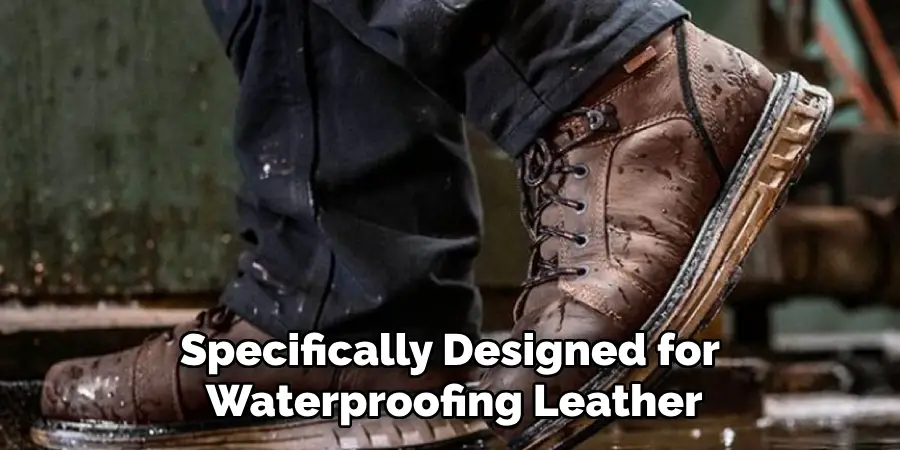
Preparation
Before applying any waterproofing product, it’s crucial to prepare your boots properly. Start by cleaning them thoroughly with a soft brush or cloth to remove any dirt or debris. Then, use a leather cleaner to remove any stubborn stains. Once your boots are clean and dry, you can proceed with the waterproofing process.
Application Method
Different products require different application methods. For example, waxes need to be melted before applying, sprays should be applied in a well-ventilated area, and creams need to be rubbed in with a cloth. It’s crucial to follow the instructions of your chosen product to ensure proper and effective application.
Conclusion
When it comes to waterproofing leather boots, there are multiple methods to consider. It can be as simple as opting for an all-in-one wash and waterproof treatment or a mixture of an all-in-one and separate sealer/protectant depending on your goals. One of the most important steps is choosing the right product and making sure your boots are absolutely clean before applying anything.
Taking the ample time to condition and properly care for your boots will keep them in great shape for years. Now that you know how to waterproof leather boots without changing color, you can show off that favorite pair confidently – even during more unpredictable weather! From now on, follow the proper application techniques outlined in this blog post and you’ll be sure to enjoy years of cozy comfort.

